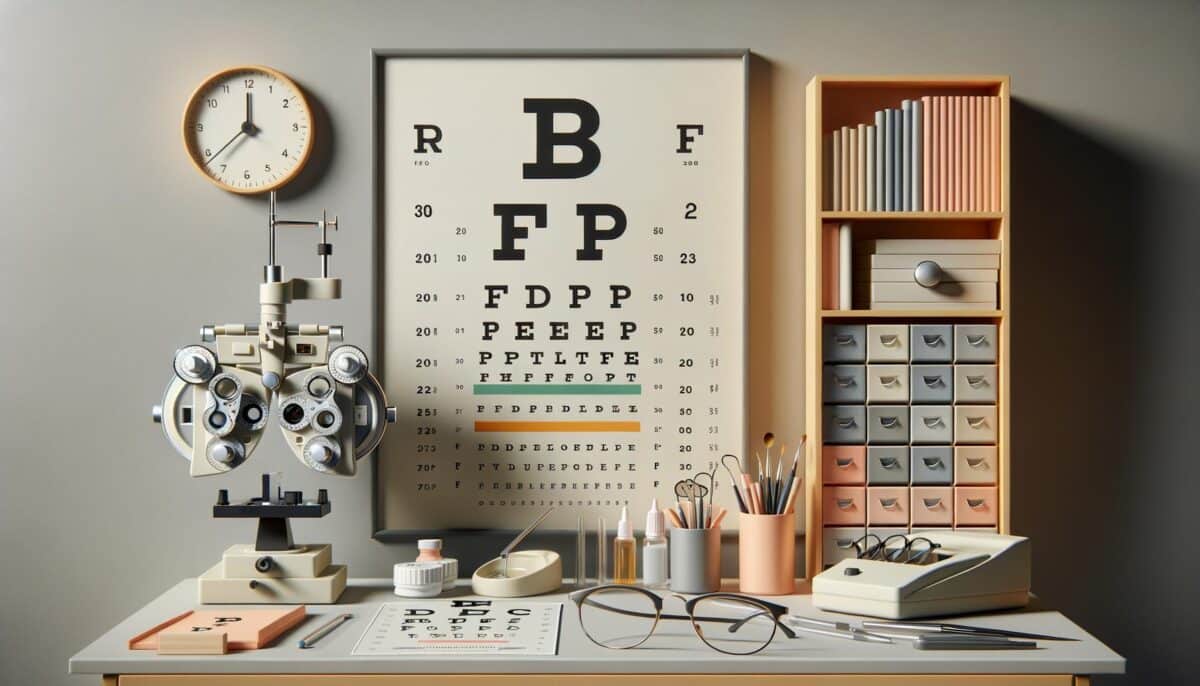The Basics of Vision Tests
Vision tests are designed to assess how well your eyes can focus and see objects at various distances. These tests are typically carried out by eye care professionals using a series of evaluations. A standard vision test will include a visual acuity test, which measures your ability to see letters or symbols from a set distance. This helps in determining whether you need corrective lenses. In addition to these, there are tests for depth perception, color vision, eye alignment, and visual field. These comprehensive evaluations help in identifying any underlying issues with your vision that might require further attention or intervention.
Types of Vision Tests
Vision tests can vary depending on age, risk factors, and whether you have noticeable symptoms. Some common tests include:
- Snellen Chart Test: Assesses visual acuity using a chart with letters of decreasing size.
- Refraction Assessment: Determines the prescription for eyeglasses by measuring refractive errors.
- Color Blindness Test: Detects color vision deficiencies using patterns made up of colored dots.
- Perimetry Test: Maps out visual fields to check for blind spots.
Each test targets a specific aspect of your vision health, which is crucial for diagnosing conditions like glaucoma, macular degeneration, or cataracts early on and preventing vision loss.
Who Needs a Vision Test?
Almost everyone benefits from regular vision tests, but certain groups of people are urged to undergo these assessments more frequently. Children often require vision tests to address issues that could affect their learning and development. Adults over 40 should consider tests to detect age-related changes in vision. Furthermore, individuals with a family history of eye diseases or those with underlying health conditions like diabetes are encouraged to have regular check-ups. These proactive measures can identify potential problems early on and lead to better management strategies for maintaining eye health.
Preparing for Your Vision Test
Preparing for a vision test can ensure you make the most of your appointment. Always bring your corrective lenses, as the evaluation might include checking current prescription effectiveness. Compile a list of symptoms or changes in your vision you’ve noticed. This helps your eye care professional address your concerns directly. Moreover, be ready to discuss any medications you’re taking and your general health history, as these can influence your vision.
Advancements in Vision Testing
Technology has brought significant advancements in vision testing, making the process more accurate and comprehensive. Digital equipment and advanced imaging techniques now provide more detailed evaluations. These innovations have improved diagnosis precision, especially in detecting issues that might not be apparent in traditional testing methods. With automated refraction systems and enhanced ocular imaging devices, vision tests are becoming more patient-friendly and efficient, leading to better eye health outcomes.
Conclusion
Vision tests are not just a one-time event but a crucial, ongoing aspect of maintaining eye health. Regular assessments can help you detect and address problems before they become severe. For anyone looking to preserve their vision, understanding the types, purposes, and benefits of vision tests is essential. Remember, your eyes are vital, and caring for them should be a top priority. Schedule regular vision tests to keep seeing clearly and ensure your eyes are in optimal health.
